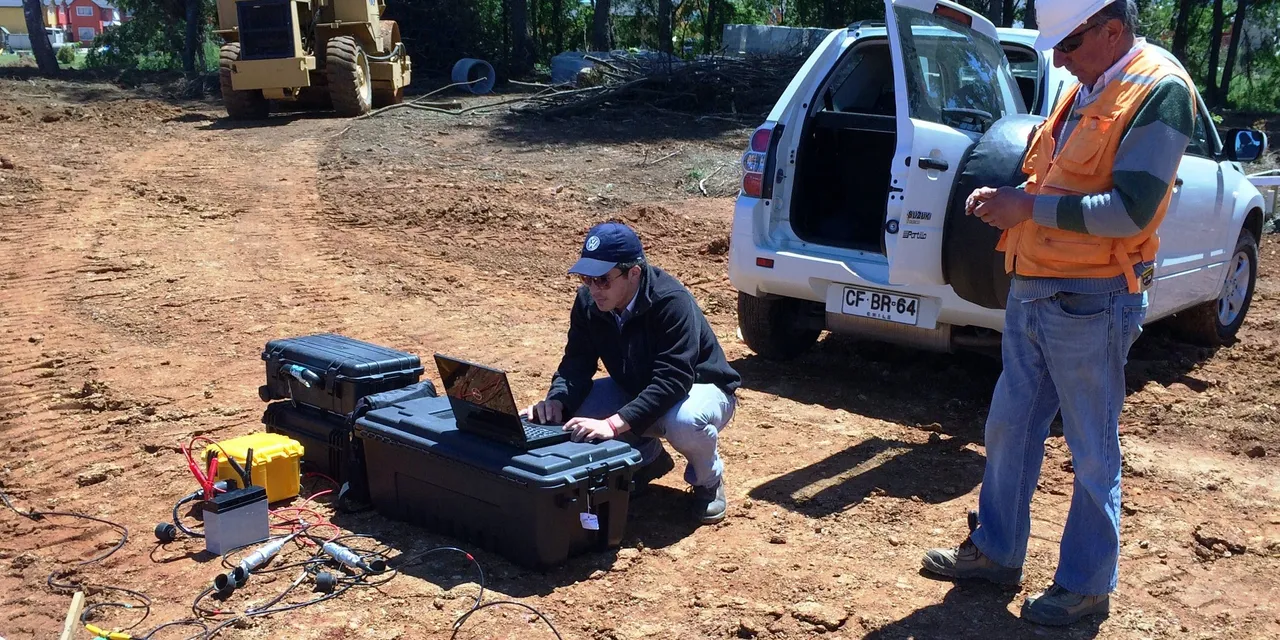
Geology and geophysics are scientific disciplines that are critical to our understanding of the Earth's physical systems. In recent years, there have been significant advances in the application of blockchain and NFT technology to these fields, which have the potential to revolutionize the way we gather, store, and analyze data. In this article, we'll explore some of the ways in which blockchain and NFT technology are being used in geology and geophysics, besides the benefits they offer.
One of the key benefits of blockchain technology in geology is its ability to improve the accuracy of data collection. By using a distributed ledger system, blockchain ensures that data is recorded in a tamper-proof and transparent manner. This means that all parties involved in a project or research can have confidence in the accuracy and integrity of the data they are working with. In addition, blockchain can be used to generate interconnected geological reports across multiple companies or organizations, which can help to streamline the process and reduce the risk of errors.
Another area where blockchain technology is being applied in geology is in the management of mineral resources data. By using a blockchain-based system, companies can ensure that their data is secure and tamper-proof, which can help to reduce the risk of fraud and ensure compliance with regulatory requirements. In addition, blockchain can be used to track the ownership and transfer of mineral rights, which can help to simplify the process and reduce the risk of disputes.
In geophysics and palaeontology, blockchain technology is being used to improve the security and reliability of data storage and sharing. By using a distributed ledger system, scientists can ensure that their data is protected against external risks and vulnerabilities, and that it can be easily shared with other team members. This helps to strengthen collective intelligence and drive scientific progress by ensuring that important findings are preserved intact.
NFT technology and smart contracts are also being used in geology and geophysics to improve data analysis and visualization, by using NFTs to store and analyze geometric data, scientists can detect, assess, and map rising groundwater levels, locate and monitor areas vulnerable to earthquakes and other unusual geological events, and better plan civil infrastructure construction and compliance with environmental legal requirements. This allows for more accurate and reliable predictions of how the Earth's physical systems will behave in the future.
Furthermore, the use of blockchain and smart contracts can facilitate the tracking of mineral resources data, generate interconnected geological reports, and contribute to the planning of civil infrastructure construction and compliance with environmental legal requirements. We just need to wait for the technology advances a little bit more to truly see the full potential of these two big fields developing theirselves in a new era of
Collect original article here
Image Source